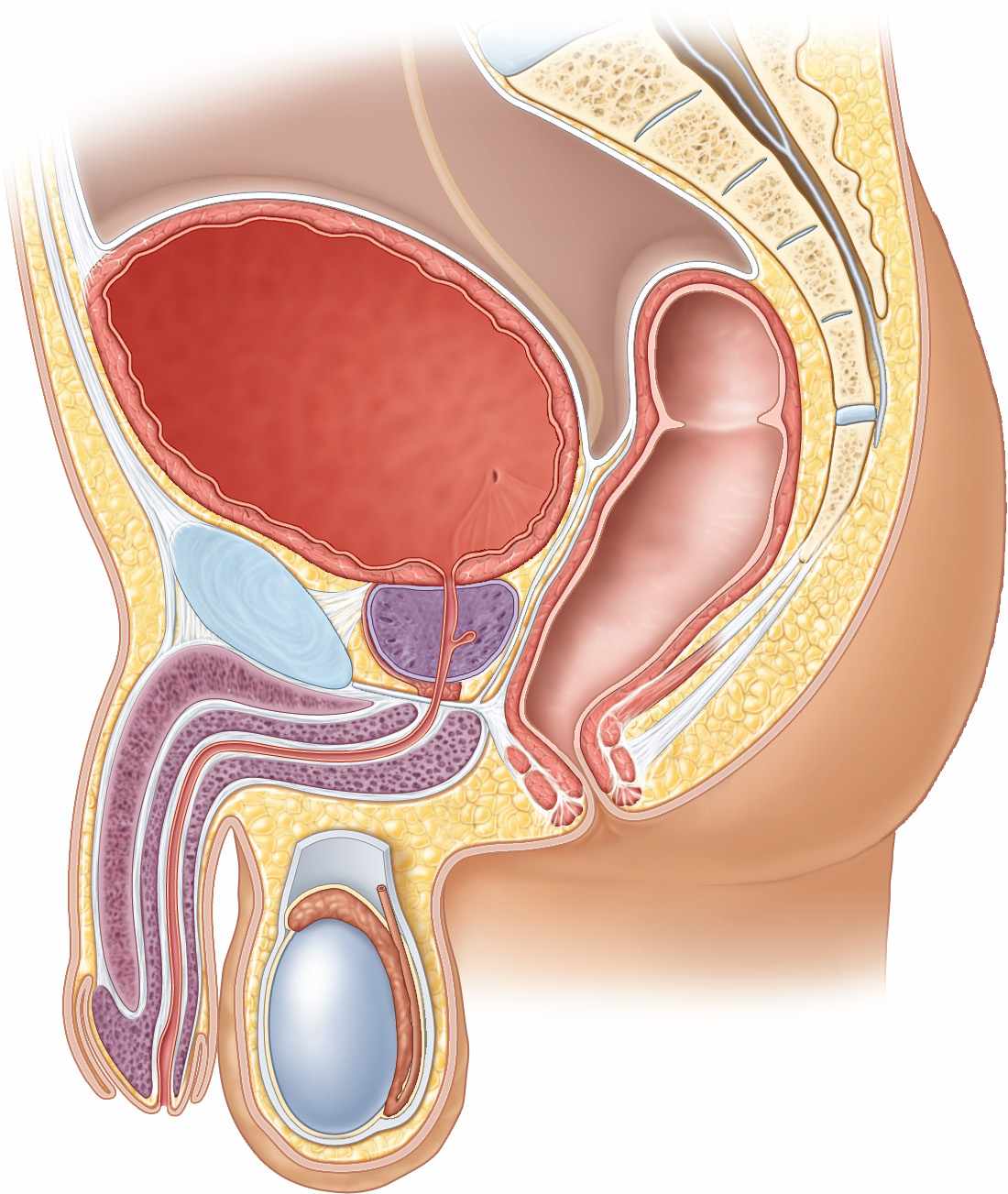![]() Urethral trauma (e.g., partial or full transection)
Urethral trauma (e.g., partial or full transection)
![]() Urethral stricture
Urethral stricture
![]() Chronic urethral infection
Chronic urethral infection
![]() Urinary retention in which a urethral catheter cannot be passed (e.g., prostate obstruction, gynecologic malignancy or other pelvic mass, neurogenic bladder)
Urinary retention in which a urethral catheter cannot be passed (e.g., prostate obstruction, gynecologic malignancy or other pelvic mass, neurogenic bladder)
![]() Patients requiring a long-term indwelling urethral catheter
Patients requiring a long-term indwelling urethral catheter
![]() Phimosis
Phimosis
CONTRAINDICATIONS
![]() An empty or nonpalpable urinary bladder
An empty or nonpalpable urinary bladder
![]() History of previous lower abdominal surgery
History of previous lower abdominal surgery
![]() Lower abdominal wound or cellulitis
Lower abdominal wound or cellulitis
![]() Previous pelvic radiation with resultant scarring
Previous pelvic radiation with resultant scarring
![]() Presence of a femoral–femoral bypass graft in the suprapubic subcutaneous tissue
Presence of a femoral–femoral bypass graft in the suprapubic subcutaneous tissue
![]() Significant uncorrected coagulopathy
Significant uncorrected coagulopathy
![]() Known bladder cancer
Known bladder cancer
![]() General Basic Steps
General Basic Steps
![]() Patient preparation
Patient preparation
![]() Urinary bladder localization
Urinary bladder localization
![]() Needle insertion
Needle insertion
![]() Foley catheter insertion
Foley catheter insertion
![]() Securing the catheter
Securing the catheter
LANDMARKS
![]() In the adult, the urinary bladder is a pelvic organ located immediately posterior to and extending slightly above the symphysis pubis (FIGURE 38.1)
In the adult, the urinary bladder is a pelvic organ located immediately posterior to and extending slightly above the symphysis pubis (FIGURE 38.1)
![]() In the child, the urinary bladder is still an abdominal organ, located in the midline, slightly superior to the symphysis pubis
In the child, the urinary bladder is still an abdominal organ, located in the midline, slightly superior to the symphysis pubis
SUPPLIES
![]() Povidone–iodine antiseptic solution
Povidone–iodine antiseptic solution
![]() Sterile gloves and drapes
Sterile gloves and drapes
![]() Suprapubic catheterization kit (e.g., Cook cystostomy kit), which typically includes:
Suprapubic catheterization kit (e.g., Cook cystostomy kit), which typically includes:
![]() Local anesthetic (1% lidocaine), 10-mL syringe, 25-gauge needle
Local anesthetic (1% lidocaine), 10-mL syringe, 25-gauge needle
![]() 22-gauge, 1.5-inch (for children) or 3-inch (for adults) spinal needle
22-gauge, 1.5-inch (for children) or 3-inch (for adults) spinal needle
![]() 4- × 4-cm gauze pads
4- × 4-cm gauze pads
![]() J-tip guidewire
J-tip guidewire
![]() Scalpel (no. 11 blade)
Scalpel (no. 11 blade)
![]() Dilator
Dilator
![]() Introducer sheath
Introducer sheath
![]() Foley catheter (size should be 1 French smaller than the diameter of the introducer sheath)
Foley catheter (size should be 1 French smaller than the diameter of the introducer sheath)
![]() Sterile, closed system urinary drainage bag
Sterile, closed system urinary drainage bag
![]() Sterile dressing
Sterile dressing

FIGURE 38.1 Relationship of bladder to symphysis pubis. (From Moore KL, Dalley AF, Agur AMR. Clinically Oriented Anatomy. 7th ed. Baltimore, MD: Lippincott Williams & Wilkins; 2013:374, with permission.)
Stay updated, free articles. Join our Telegram channel

Full access? Get Clinical Tree


